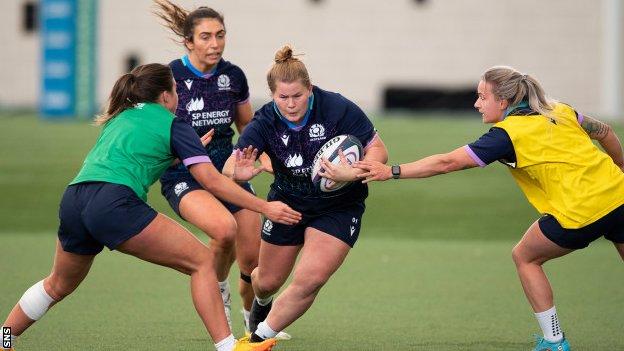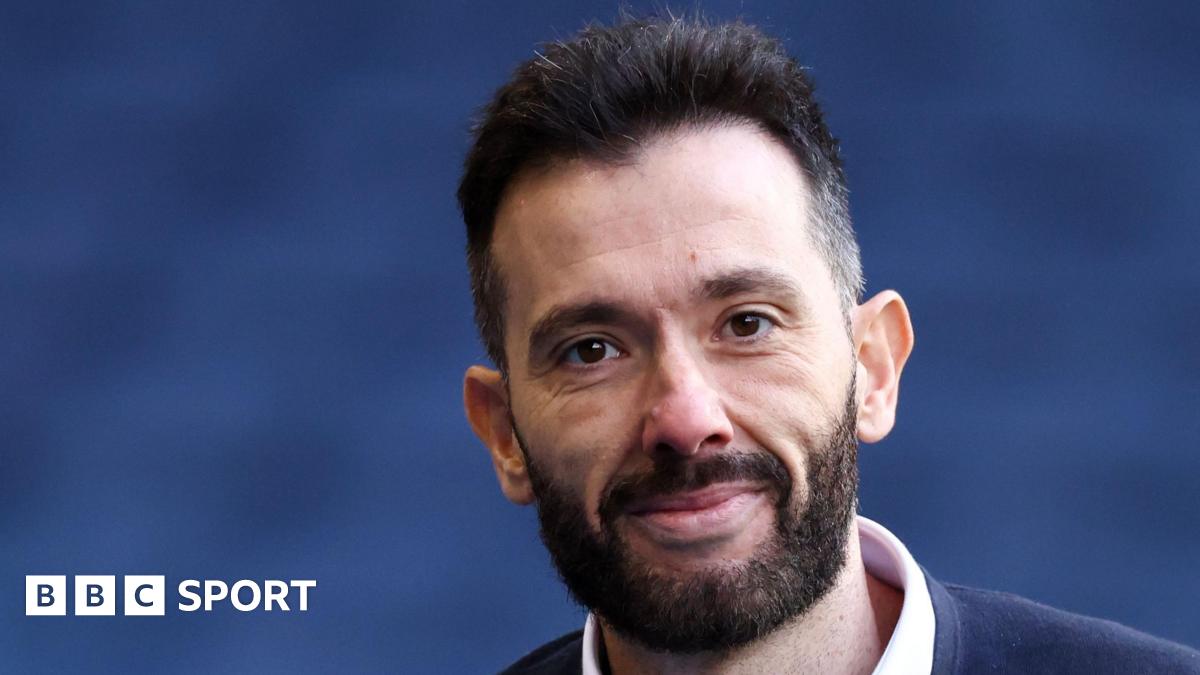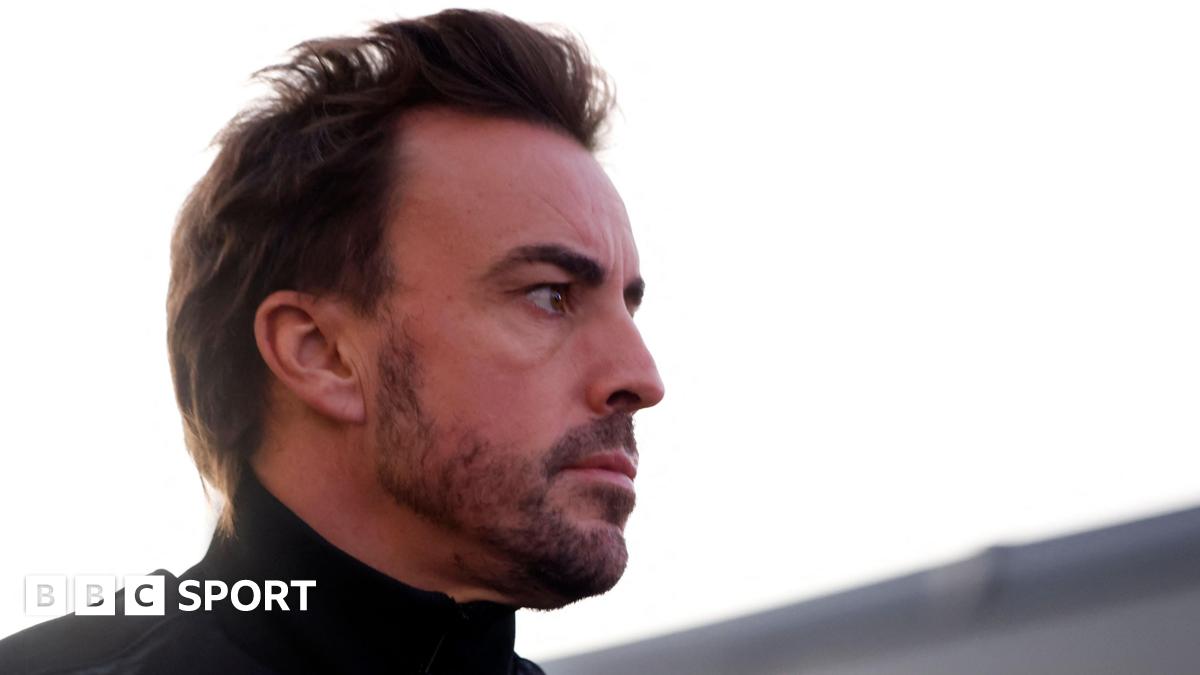| Venue: Northland Events Centre, Whangarei Date: Sunday, 9 October Kick-off: 05:45 BST |
| Coverage: Live BBC Radio Wales Extra commentary, live text commentary on BBC Sport website & app |
Early on Sunday morning UK time – 05:45 BST to be exact – Scotland’s women will play their first Rugby World Cup match in a dozen years.
Whangarei on New Zealand’s North Island is the venue and Wales are the opposition for what is an eminently winnable game in an otherwise brutal group.
Scotland, ranked 10th in the world, lost narrowly to Wales, who are ninth, in the Six Nations in the spring. Rachel Malcolm, the captain, and her players will have obsessed about this opening fixture because they all know what lies ahead of them is daunting. They must make hay while they can.
They face Australia in their second game. The Wallaroos are the seventh-best team in the world and although they lost all of their matches in the Pacific Four Nations championship this year, they will still be red-hot favourites to put away the Scots.
After that, Scotland will play the host nation. Facing the Black Ferns in their own backyard? It doesn’t get a whole lot bigger than that. New Zealand are ranked two in the world, just behind England, and are five-time winners of the World Cup.
If they don’t go all the way to the final it will be a shock that will reverberate from Auckland to Invercargill.
So, Wales represent Scotland’s clearest chance of a win. After 75 minutes of their Six Nations meeting the sides were level, so there’s precious little that divides them. Wales won by five points this year, Scotland by seven last year. This should be close.
Since qualifying for the World Cup, the Scots have had a string of defeats. They lost all five in the Six Nations – although the Wales and Italy games were settled by a single score and there was only one point in the Ireland match.
These are big days for the women’s game in Scotland. While bigger and wealthier rugby nations in this part of this world have been pressing on with professionalism for years, the Scots are playing catch-up. There is a plan, though. A vision.

Back in June, Scottish Rugby announced it will be handing out contracts to at least 30 players post-World Cup as part of a four-year strategy to grow the game.
Two new semi-professional teams will be created, with the idea of them playing in a cross-border tournament. The aim is to increase the number of girls and women playing the sport, a big ask when new science brings greater concern about health issues post-rugby and when the SRU is still under a cloud over the heartbreaking death last year of Siobhan Cattigan, the back-row forward who should have been with her team-mates and friends in the squad in New Zealand.
All of the Scotland squad knows what a good showing at the World Cup might do for women’s and girls’ rugby. There is pressure on them to deliver, but it’s also an outstanding opportunity to make a mark.
Targets have been set for the years ahead. For an investment of £4.1m the SRU is looking to get a top-four finish in the Six Nations by 2024, a top-eight finish at the next World Cup in 2025 and crowds of around 7,000 at international games from 2026. It wants more players, more coaches, more officials, more profile.
Over the last decade, according to their numbers, participation has risen from 2,680 women and girls playing the sport to 6,173. It is looking to increase that, too.
Increased financial backing guarantees nothing, but it will help if it’s spent wisely. What’s unarguable is the feel-good that a competitive Scotland team in New Zealand would create. Not many people expect them to beat Australia – running them close would be a terrific performance – and nobody on earth thinks they have a prayer against the mighty Ferns, but the opener is different.
From the youngest, who are just making their way in the squad, to the 50-cap veterans – Jade Konkel-Roberts, Lana Skeldon, Emma Wassell, Chloe Rollie and Sarah Law – they’ll all have imagined what this moment would be like from the second they secured a place at the big table.
Now is the time for them to make a dream become a reality. In the Land of the Long White Cloud they have to let the sunshine through. Twelve years is a long time to wait. That wait is almost over now.






















